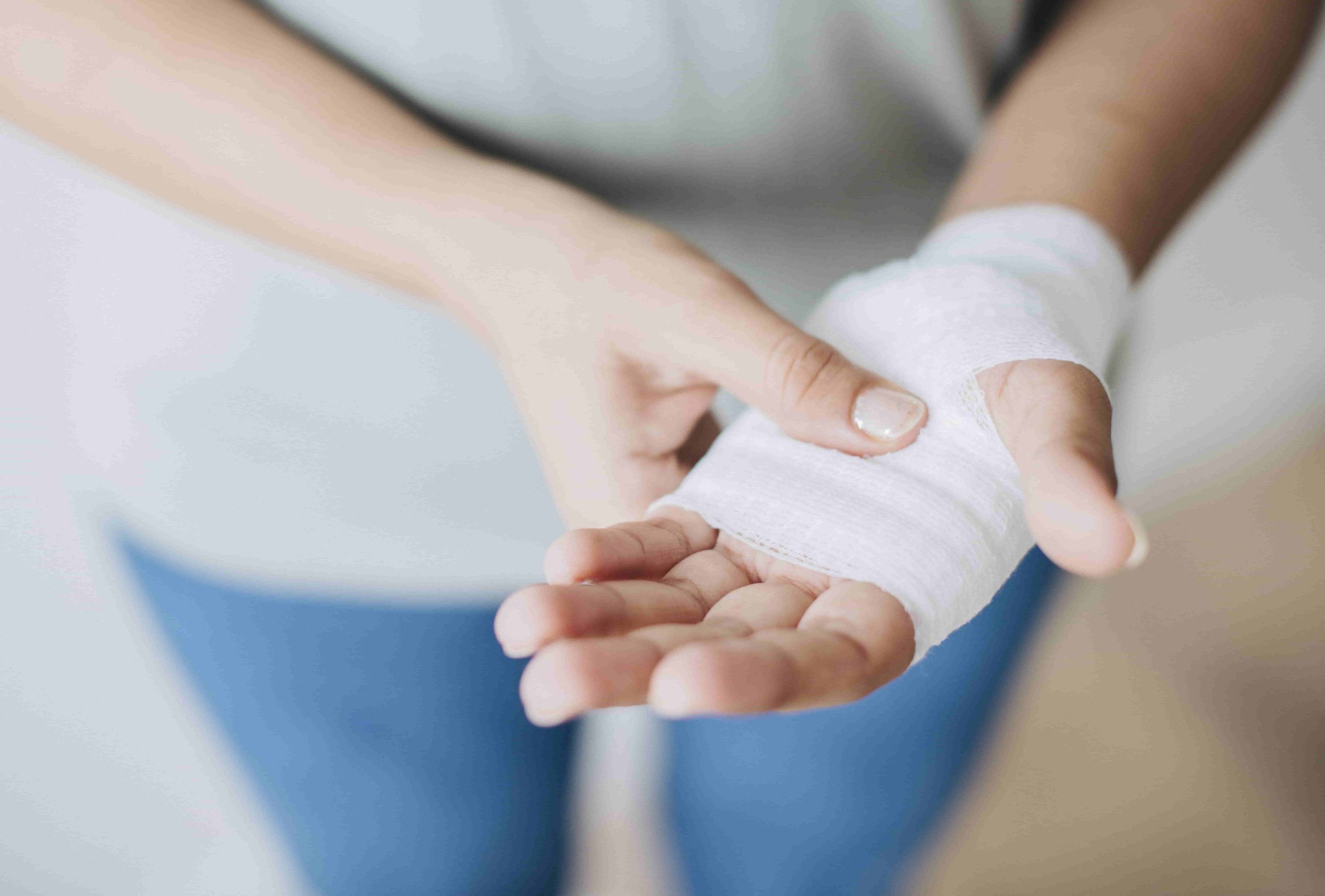Innovation in Healing: The Impact of New Wound Closure Devices

The world of health and medical technology has evolved at an astounding pace, with innovations emerging in every facet of patient care. Among these advancements, new wound closure devices are transforming the way healthcare professionals approach wound management, contributing to faster recovery times, reduced infection risks, and improved patient outcomes. This article delves into how these cutting-edge wound closure devices are reshaping the landscape of wound care, providing a blend of efficiency, comfort, and enhanced healing potential.
What Are Wound Closure Devices?
Wound closure devices are medical instruments or tools designed to close lacerations, surgical incisions, and other types of wounds. Traditional methods, such as sutures and staples, have long been used for this purpose. However, recent innovations have introduced a range of new devices that provide more effective and less invasive options for closing wounds. These new devices include skin adhesives, tissue adhesives, advanced staples, and even biodegradable closures, which aim to minimize trauma to the tissue and promote natural healing.
Types of Wound Closure Devices: An Overview
There are several types of wound closure devices currently in use or under development. Each type caters to different wound characteristics, such as depth, location, and risk of infection. Below are some of the most notable options:
1. Skin Adhesives and Glues:
These adhesives form a protective layer over the wound, holding the skin together while allowing for natural movement and healing. They are especially useful for smaller wounds or areas with minimal tension.
2. Mechanical Staplers and Clips:
While traditional staples are still in use, modern devices offer improved designs that reduce tissue damage. Some even incorporate bioabsorbable materials, eliminating the need for staple removal.
3. Zip Closure Devices:
These innovative devices employ a zip-like mechanism, providing precise control over wound closure without penetrating the skin, thus reducing infection risk.
4. Biodegradable Scaffolds:
Emerging as an alternative to synthetic closures, these devices dissolve over time, reducing the need for removal procedures. They are especially promising for surgeries and procedures requiring long-term healing.
Key Innovations Driving the Evolution of Wound Closure Devices
Several key innovations have propelled the development of new wound closure devices, with technology enabling new materials, design improvements, and enhanced functionality. These advancements are revolutionizing wound care in profound ways.
1. Biocompatible Materials
Biocompatibility is essential for wound closure devices, as it reduces the risk of immune response and enhances healing. New devices utilize materials such as bioabsorbable polymers, which dissolve naturally within the body. Additionally, antimicrobial coatings have been introduced to prevent infections, offering a safer healing environment.
2. Minimally Invasive Closure Options
Devices like zip closures and adhesive strips are minimizing trauma to the skin and underlying tissue, resulting in less scarring and faster recovery. Minimally invasive devices also reduce the risk of secondary injury to the wound, creating a more comfortable experience for the patient.
3. Customizable and Controllable Designs
Some wound closure devices allow for tailored tension adjustments, making them suitable for complex wounds or areas of high tension. Devices with adjustable designs improve the alignment of the wound edges, promoting a better aesthetic outcome and minimizing scarring.
4. Integration of Smart Technology
Smart wound closure devices are the latest frontier, with embedded sensors that can monitor healing progress, detect infections, and even deliver medications directly to the wound site. Although still in early stages, these devices have the potential to radically improve wound management.
Benefits of Advanced Wound Closure Devices
The introduction of modern wound closure devices offers a range of benefits to both patients and healthcare providers. Some of the most significant advantages include:
1. Faster Healing Times
By using materials that promote tissue regeneration and minimize inflammation, advanced wound closure devices facilitate faster healing. They provide a supportive environment that reduces scarring and improves the overall quality of the healed tissue.
2. Reduced Risk of Infection
Many new wound closure devices include antimicrobial properties, which actively prevent bacteria from entering the wound. Some closures, such as adhesive strips and zip devices, do not penetrate the skin, which further reduces infection risks compared to traditional sutures or staples.
3. Enhanced Comfort and Aesthetics
Comfort is a top priority in wound care, and innovative devices have been designed with this in mind. Adhesive-based devices, for example, avoid the discomfort associated with traditional sutures. Additionally, improved closure techniques lead to minimal scarring, enhancing the visual outcome for the patient.
4. Cost Savings and Efficiency
Advanced wound closure devices can reduce hospital stay durations, minimize the need for follow-up appointments, and decrease the frequency of wound complications. This results in cost savings for healthcare facilities and insurance providers, and a more efficient healing process for patients.
The Future of Wound Closure: What’s on the Horizon?
The future of wound care is undoubtedly promising, with ongoing research into smart wound closure devices that offer continuous monitoring and autonomous intervention. Researchers are also exploring tissue engineering approaches, such as synthetic skin scaffolds and bioengineered closures that can directly interact with the body’s natural healing processes. As healthcare continues to prioritize minimally invasive and patient-centric solutions, we can expect further innovations in wound closure devices that enhance efficiency and improve patient quality of life.
With the advent of these devices, the healthcare industry is shifting toward a model that values precision, comfort, and accelerated healing. Businesses providing these innovations, whether through direct manufacturing or distribution, are well-positioned to meet the rising demand for improved wound care solutions. The market for advanced wound closure devices is expected to grow substantially in the coming years, driven by an increased emphasis on infection control, faster recovery, and patient satisfaction.
Conclusion
The rise of innovative wound closure devices marks a significant milestone in medical technology, offering a range of options for effective, minimally invasive wound management. From skin adhesives and zip closures to bioabsorbable staples, these devices are contributing to better patient outcomes, faster healing times, and enhanced comfort. By investing in these advanced solutions, healthcare providers can offer more efficient and patient-centered care, making a meaningful impact in the lives of those they serve. As we continue to explore and implement new wound closure devices, the future of wound care holds promising potential for even greater advancements in healing and recovery.
For anyone in the healthcare field looking to stay updated on the latest developments in wound care, staying informed about new wound closure devices is essential. These innovations not only represent progress in medical technology but also pave the way for a healthier and more efficient approach to healing.





